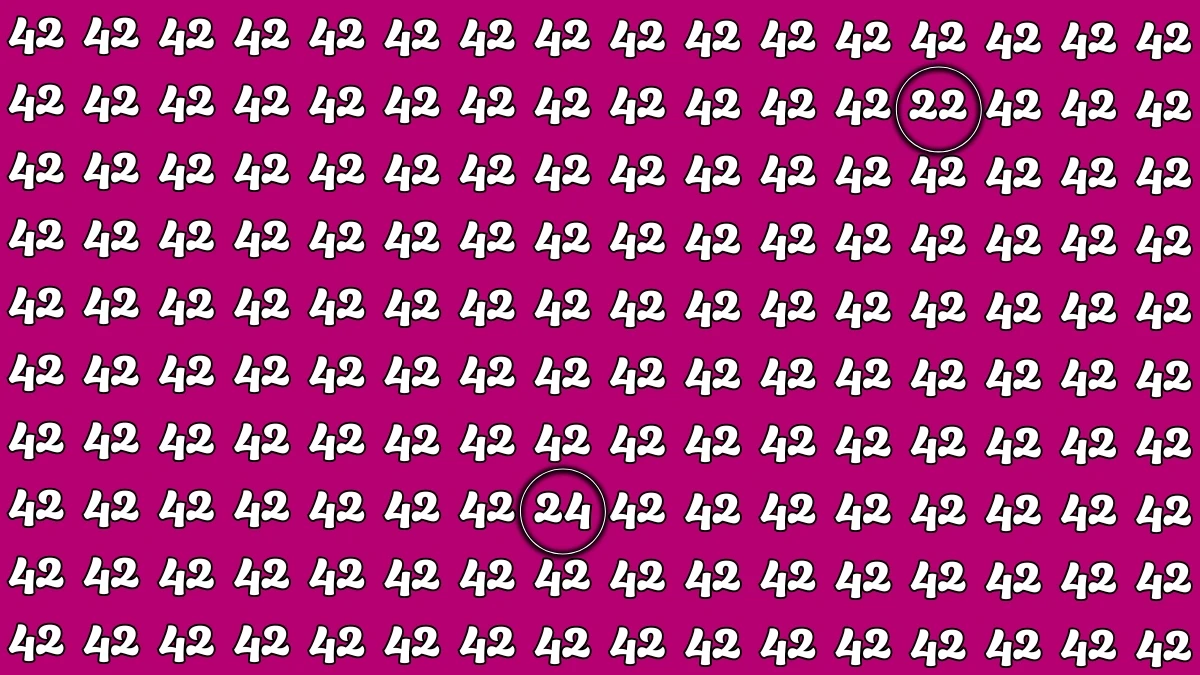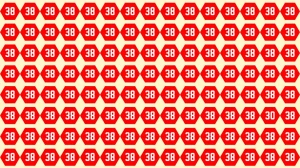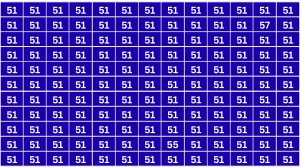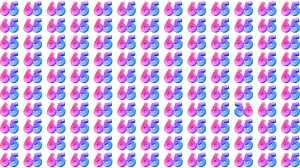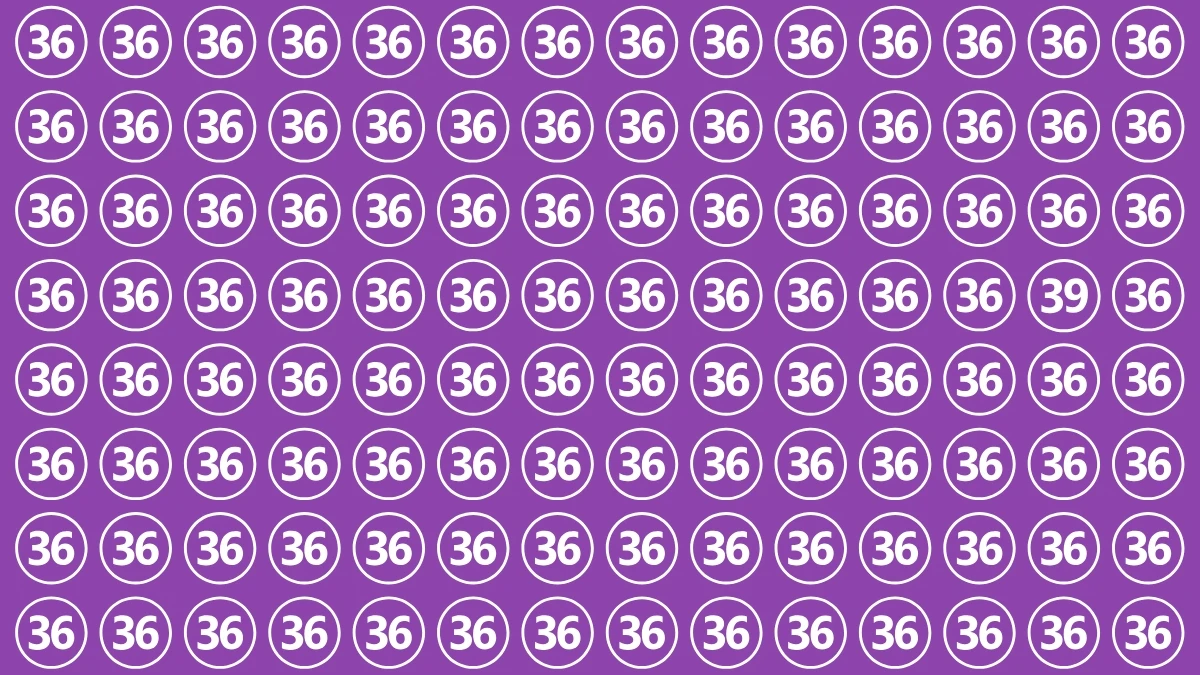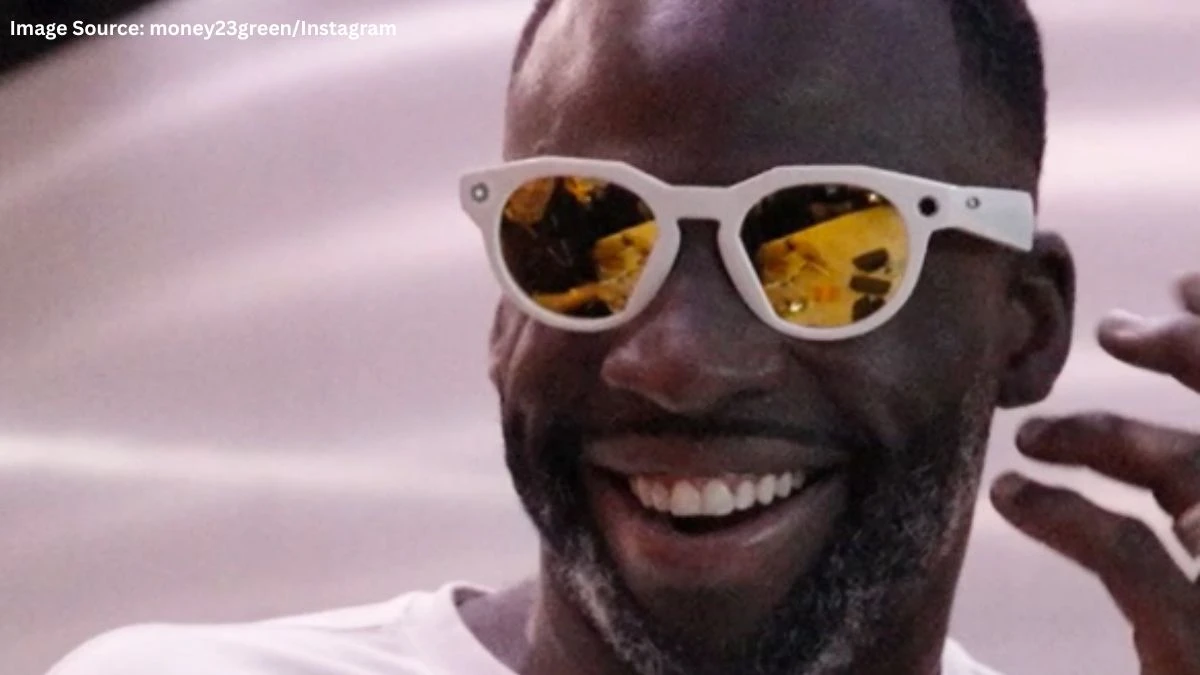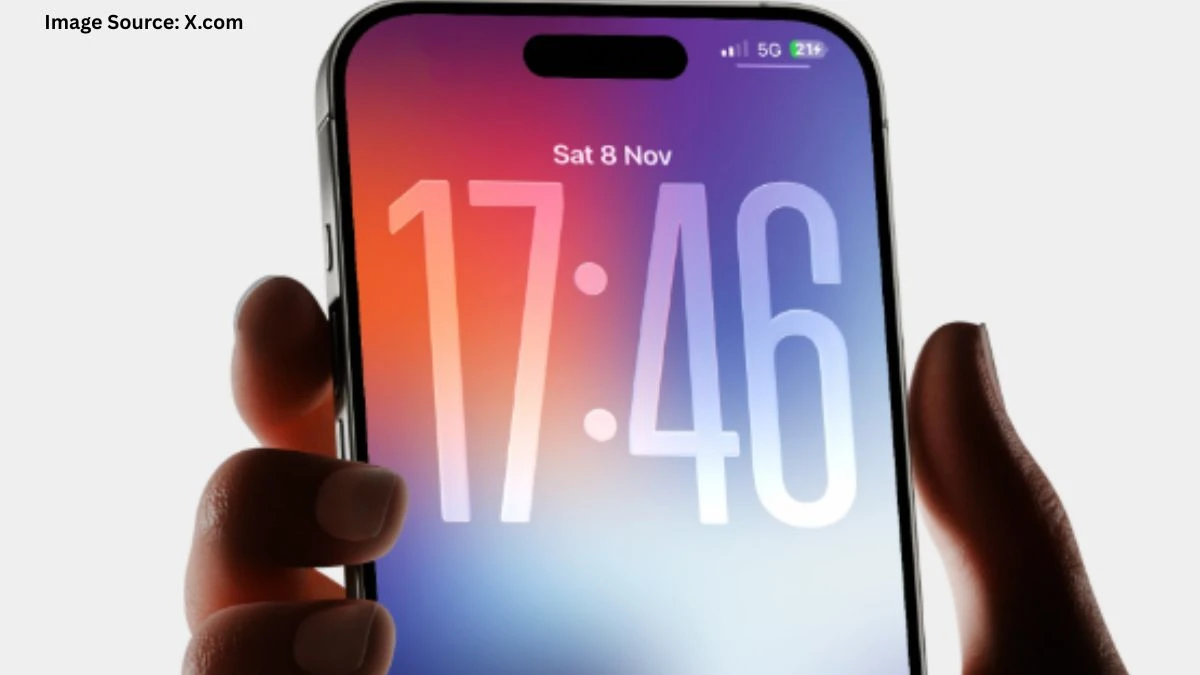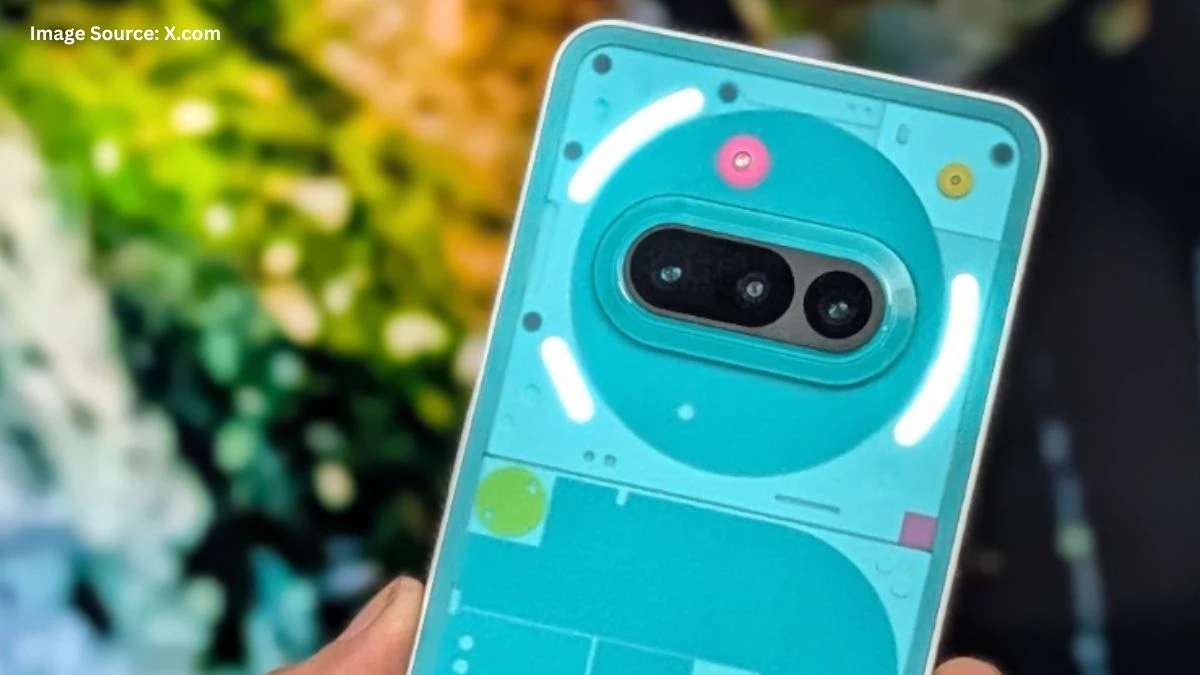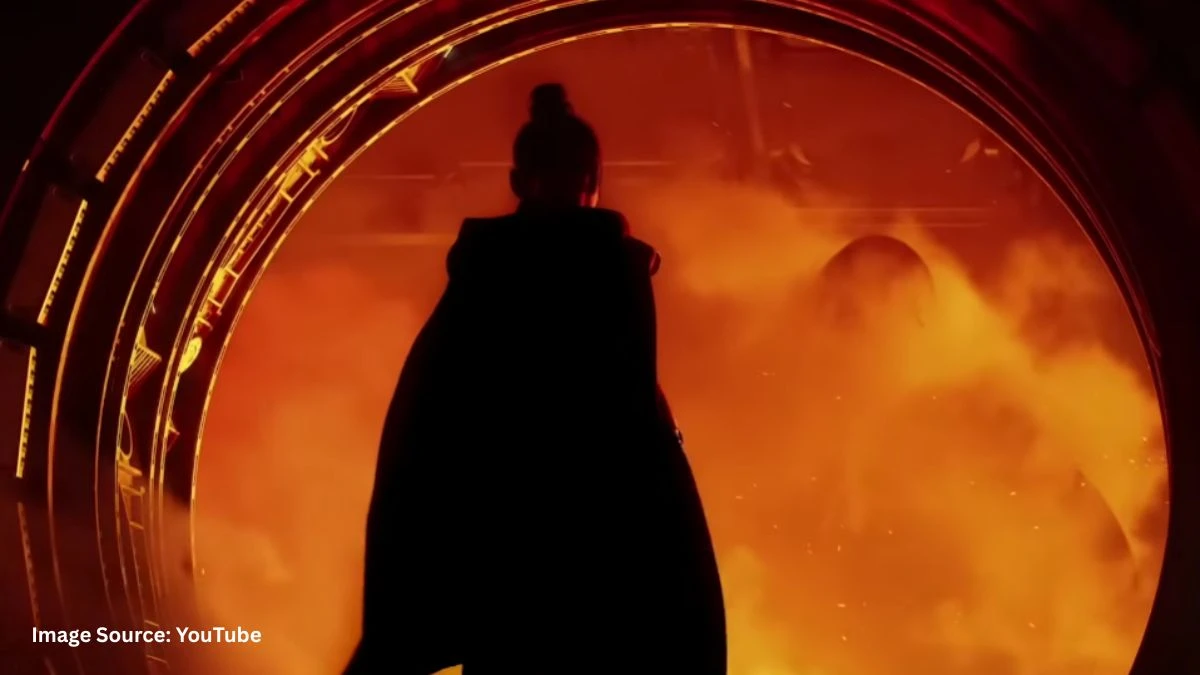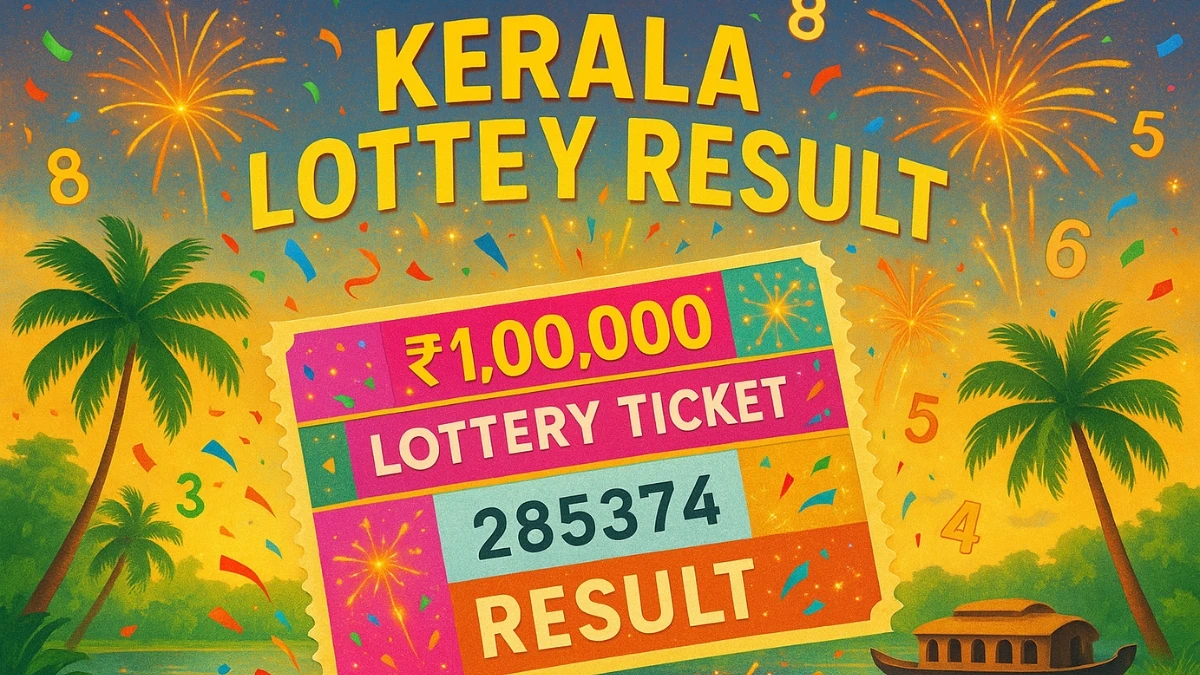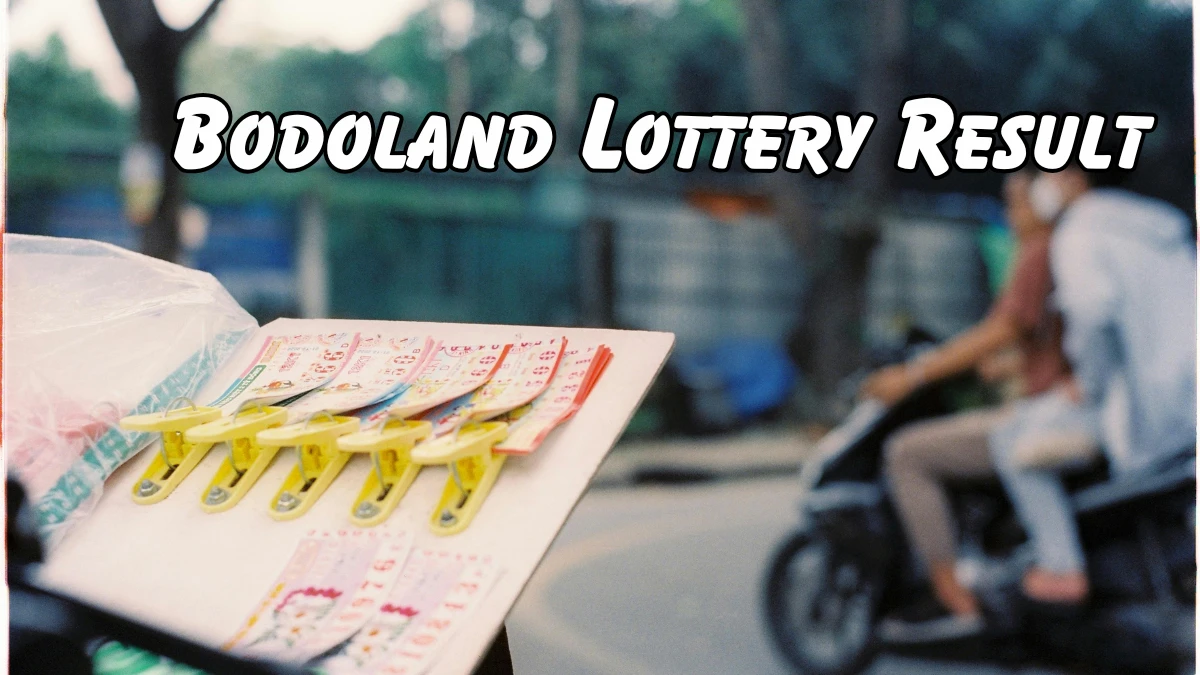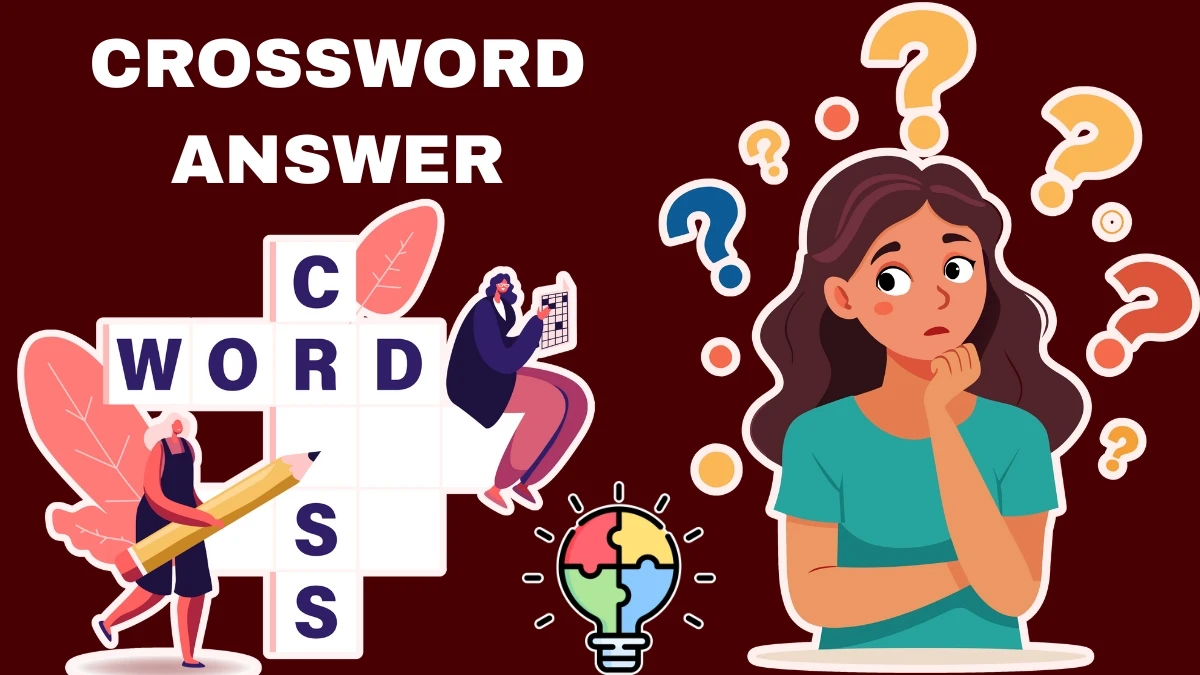Optical Illusion
An optical illusion is a visual phenomenon that tricks the brain into perceiving something that isn't actually there or misinterpreting what is present.
This occurs because our brain processes visual information based on patterns, light, color, and context, which can sometimes lead to incorrect interpretations of what we see.
Optical illusions can make still images appear to move, cause shapes to seem distorted or misaligned, or create a sense of depth where none exists.
These illusions highlight how the brain fills in gaps and makes assumptions based on limited or conflicting information. They provide a fascinating glimpse into the complexities of human perception, showing how our brains make sense of the visual world around us.
Optical Illusion: Within 7 Seconds Spot The Number 22 and 24 among 42
This image is a classic optical illusion puzzle designed to challenge your observation skills by hiding subtle differences in a pattern. At first glance, the image appears to be filled entirely with the number 42, repeated uniformly against a magenta background.
However, hidden among these are two numbers that break the pattern 22 and 24. The challenge is to spot these two different numbers within 7 seconds, testing your ability to focus and notice anomalies in a visually similar field.
This puzzle works because the brain tends to process repetitive patterns automatically, making it harder to detect small deviations without careful attention. It's a fun exercise in visual discrimination, often used to sharpen cognitive skills like concentration and attention to detail.
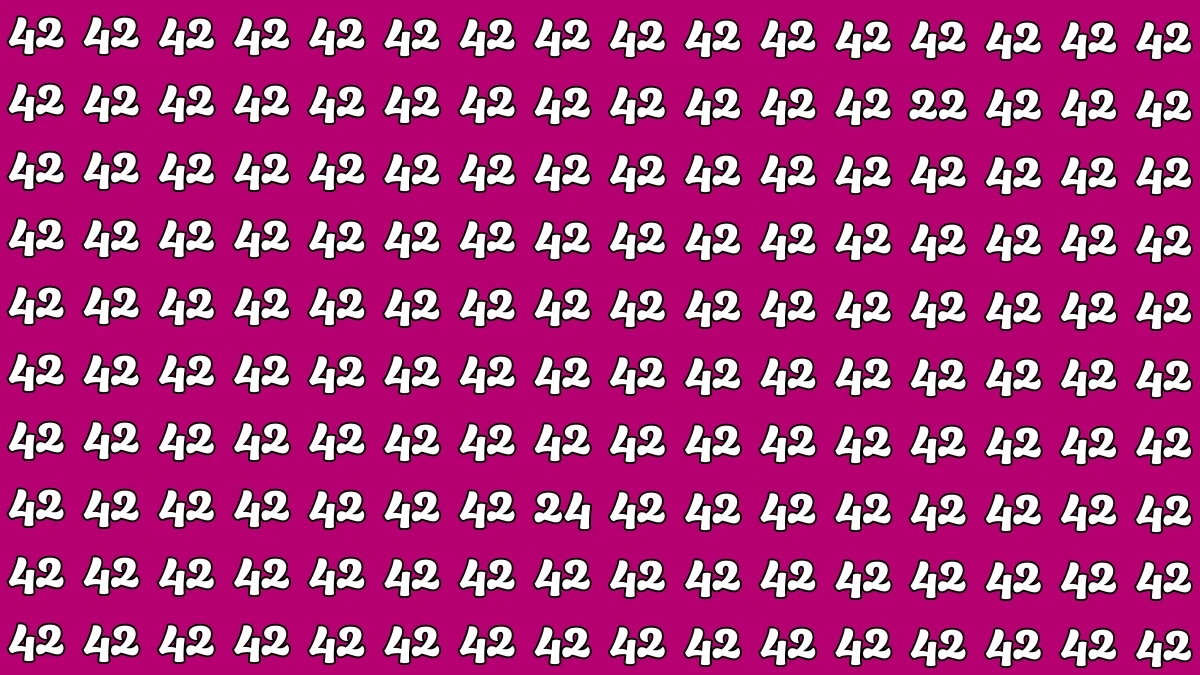
Optical Illusion: Within 7 Seconds Spot The Number 22 and 24 among 42 - Solution
The solution to this optical illusion highlights the positions of the hidden numbers 22 and 24 among a grid filled with the number 42. In the image, both of these unique numbers are circled for clarity.
Specifically, the number 22 is located in the second row from the top and fourth column from the right, while the number 24 is found in the eighth row from the top and eighth column from the left.
This puzzle challenges the brain’s pattern recognition by blending similar-looking numbers into a repetitive layout, making the differences harder to spot without focused attention.
By circling the numbers, the solution makes it easier to visually confirm their positions, showing how a slight deviation can be easily overlooked within a uniform pattern.
